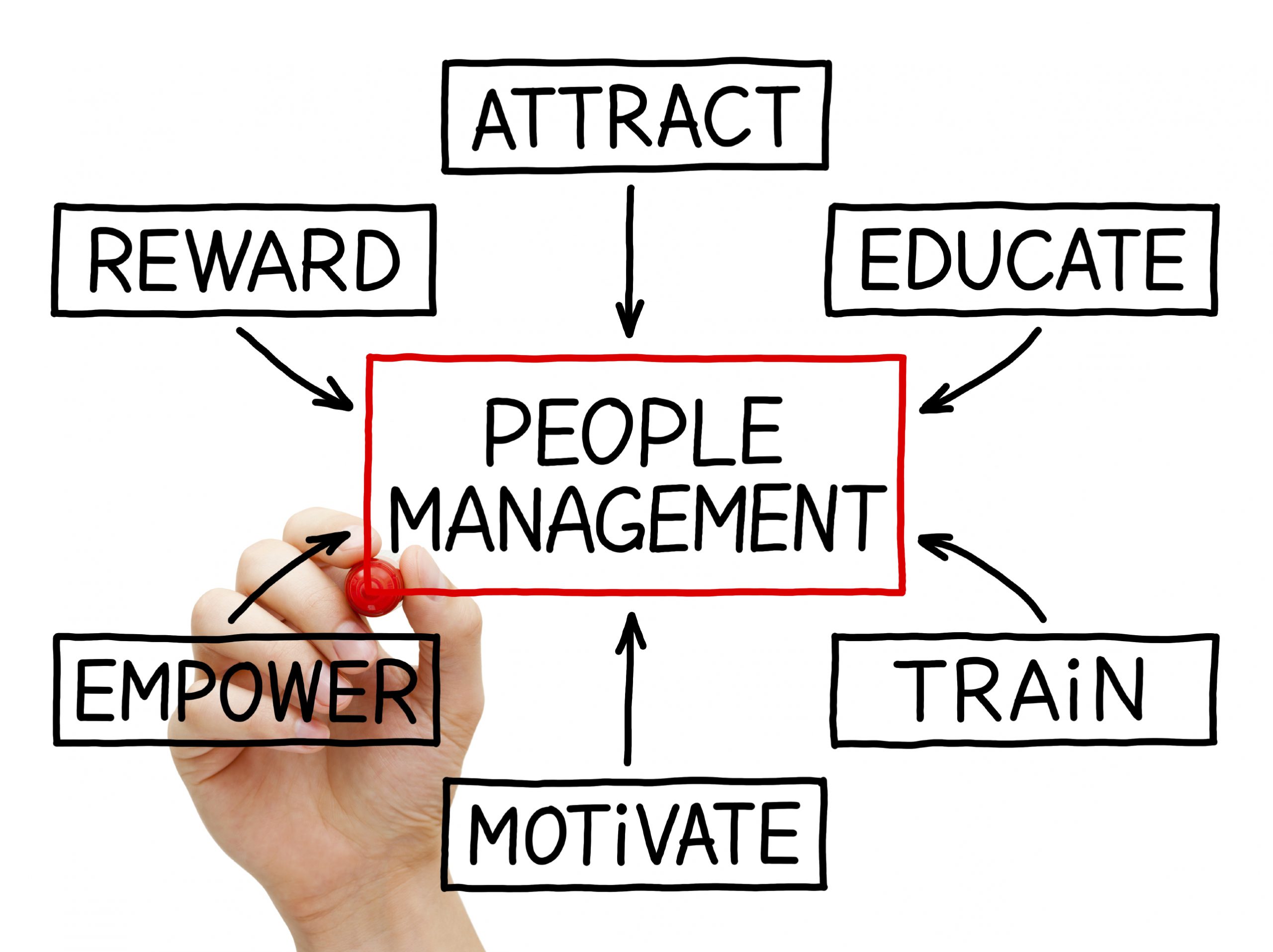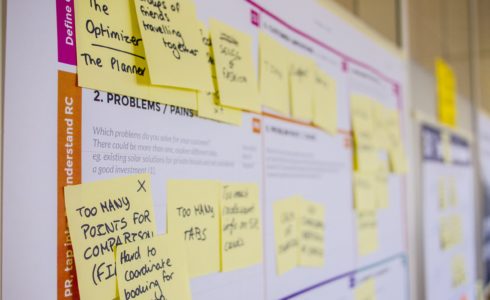 How do you use behavioral assessments? That’s a question I hear a lot, but what people really want to know when they ask me that question is, “how do I use assessments in a way that doesn’t disrupt my existing processes and slow things down?”
How do you use behavioral assessments? That’s a question I hear a lot, but what people really want to know when they ask me that question is, “how do I use assessments in a way that doesn’t disrupt my existing processes and slow things down?”
It’s an important question to ask because a properly implemented assessment tool can improve your quality of hire, time-to productivity, and retention rates, but if they’re not properly embedded into your talent management process you might only see a fraction of that benefit – or no benefit at all.
You can integrate assessments throughout your entire talent management process, or just at specific parts of it. It totally depends on your goals. There are some key areas to look at that will provide the greatest return on your investment. Here’s a quick look at how to integrate a behavioral assessment tool into your existing process to get the most value from it (this is based on the McQuaig System, the process may vary for your assessment tool if it doesn’t provide the same functionality):
Recruiting
- Use the tool to create a behavioral profile of the ideal candidate
- Use this profile to help write the job description
- During interviewing, use the behavioral interview questions provided in your job profile report – or use it to create questions if your tool doesn’t provide them
- Invite short-listed candidates to complete an assessment
- Review candidate level of match with your benchmark profile
- Use the customized behavioral interview questions in the candidate report for your next round of interviews
- During reference checking, use the behavioral interview questions from the candidate report for behavioral reference checking
Onboarding/Employee Development
- Use the profile of your new hire to create a customized onboarding plan
- Equip the hiring manager to use the results of the profile to more effectively coach the new employee by understanding and adapting to their behavioral profile
- Once they have been in the role for 6-12 months, provide the Self-Development report to the employee to assist with their personal development planning and goal setting
- Create an action plan for the new employee using the strengths and opportunities outlined in the report
Succession Planning/Leadership Development
- Use the assessment tool to create behavioral profiles for future leadership roles – in the same manner you would create a profile for a current role you need to fill
- Have all employees complete an assessment
- Compare profiles to the future leadership role profile and use the “degree of fit” measure provided as one input for identifying future leaders
- Use your assessments as one measure in identifying the high potentials in your workforce (high potentials – those with leadership potential – will tend to have similar profiles in key areas)
- Use the Self-Development Report to create coaching and development plans for future leaders
This list is just a high-level, generic way to make sure you’re getting the most value from using behavioral assessments. Your specific talent management process may offer more or different opportunities to integrate assessments into the mix and improve results using the insights provided. If you’d like to learn more about how they could benefit you specifically, get in touch by phone or email and I’d be happy to give you some ideas.
What’s your experience with implementing assessment tools?
{{cta(‘641b924f-6339-4cb5-8a2d-406892f5070a’)}}















